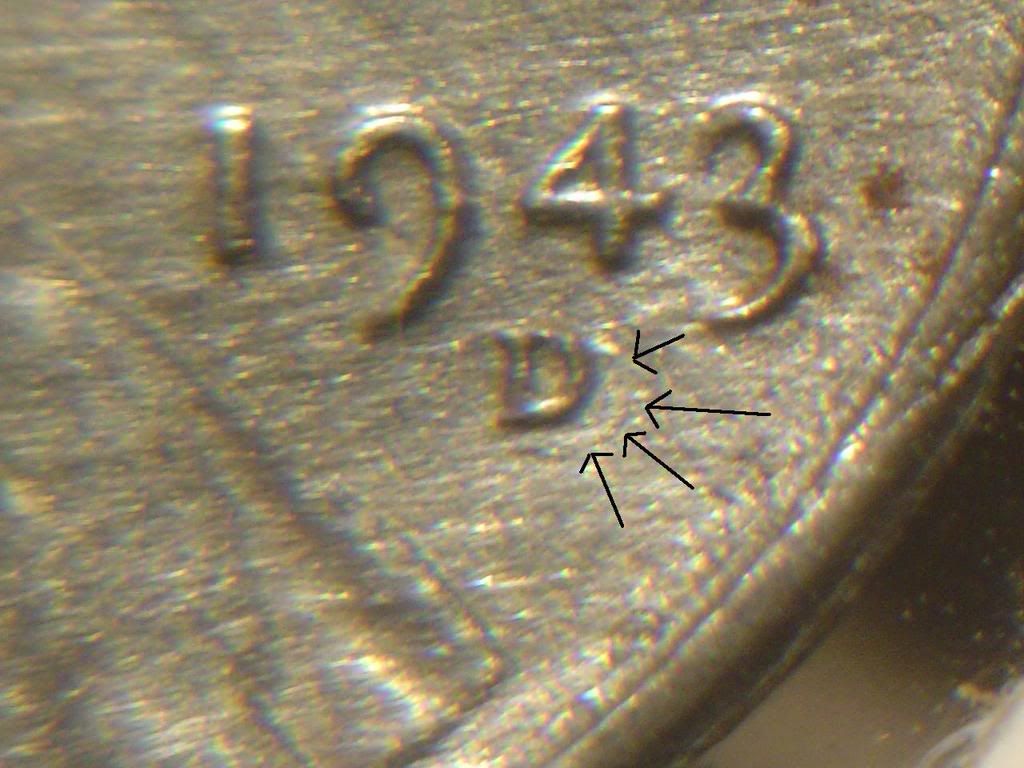
1943D wheat RPM???
Collapse
X
-
Originally posted by wavysteps View PostThe ghost or phaeton "D" is actually cause by die deterioration doubling and is very common in all the steel cents. So, it is not a re punched mint mark.
BJ Neff
Explain this please. So the old die gets deteriorated and doesn't stamp the D very well, so it gets stamped again by another one?
Comment
-
-
As the die ages, the constant flow of metal from striking coins causes erosion on the die, striping away the surface or deteriorating the die itself. These are seen on the coin's surface as "flow lines" and are most apparent in late die state to very late die state struck coins.
When the flow of metal meets a design element, it sets up areas of high and low pressure which affect the amount of atoms carried "away" from the die surface for each strike. As with all flows, the path taken is one with the least resistance.
When the outward bound flow of metal fills a void (a design element), the point after that void becomes a high pressure area. This means that more of the die's atomic structure will be stripped away from that immediate point in relationship to other surrounding areas or simply put, "die erosion'. Since this erosion is creating a hallow spot on the die, it will be transfered to the coin's surface as a raised area or a ghost of that design element.
Examples of flow and their affects on surfaces can be seen in stream beds or sandy beaches where you have a rippling affect of the sand, or the washboard affect seen on old dirt roads. The flow of water, or cars, sets up these ripples and the more flow that you have the deeper the ripples get. This is what happens when the die ages.
BJ NeffMember of: ANA, CCC, CONECA, Fly-in-club, FUN, NLG & T.E.V.E.C.
Comment
-
-
Since it is a natural progression of the die, no. However, there is an exception and that is the 1955 Lincoln cent called the "poor-man's double die". This also has been caused by die deterioration and since it has an extremely faint similarity to the "real deal", it will at times garner a higher price than normal face value.
BJ NeffMember of: ANA, CCC, CONECA, Fly-in-club, FUN, NLG & T.E.V.E.C.
Comment
-
-
Although it's not worth much, it's interesting. Thanks for the info on die deterioration.Originally posted by wavysteps View PostSince it is a natural progression of the die, no. However, there is an exception and that is the 1955 Lincoln cent called the "poor-man's double die". This also has been caused by die deterioration and since it has an extremely faint similarity to the "real deal", it will at times garner a higher price than normal face value.
BJ Neff
Comment
-

Comment